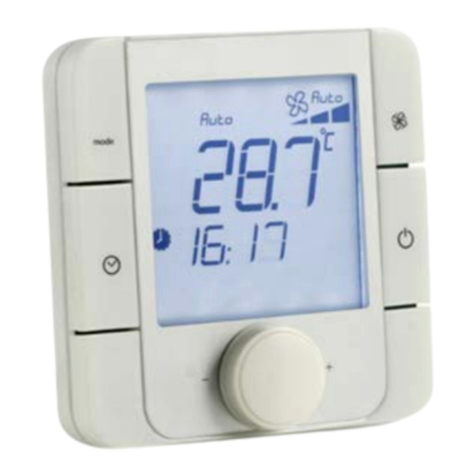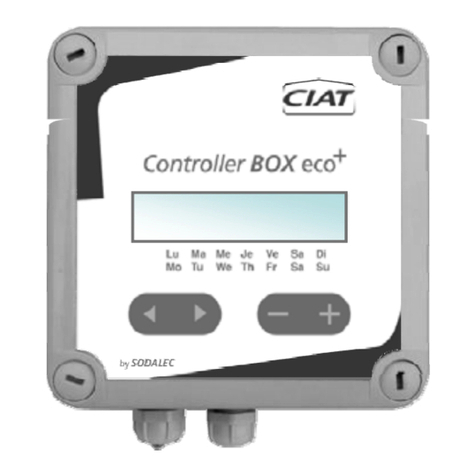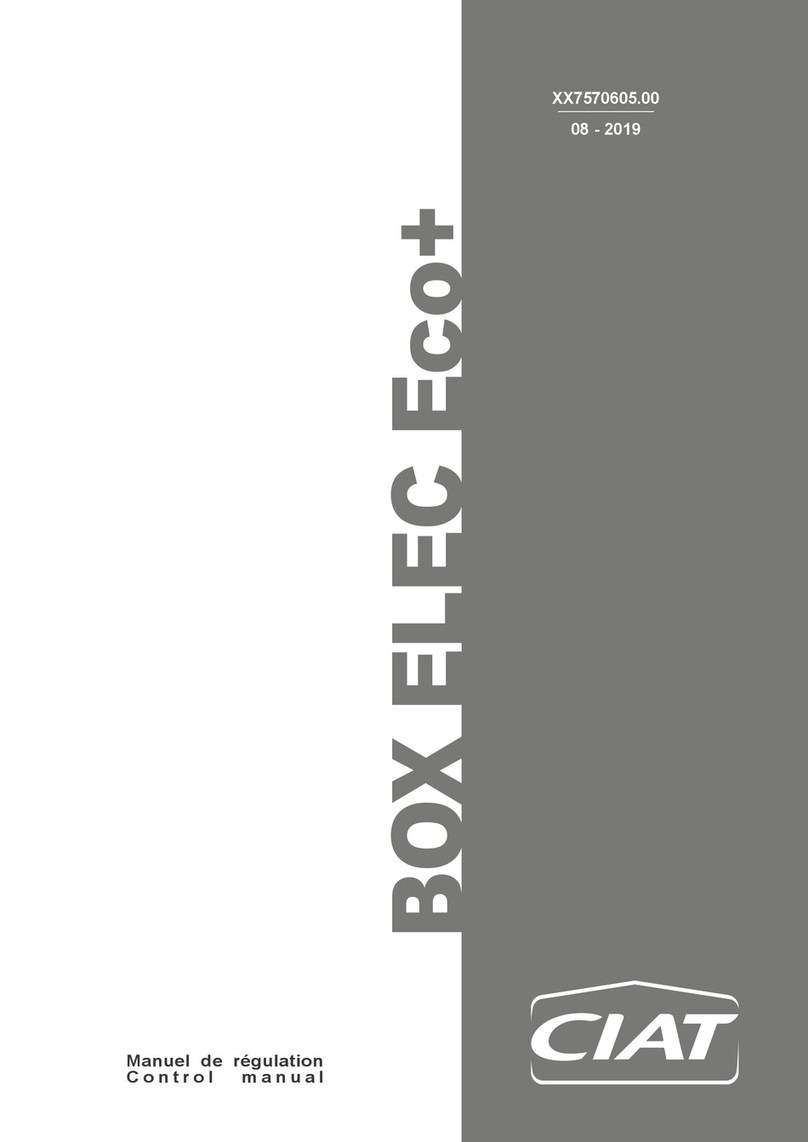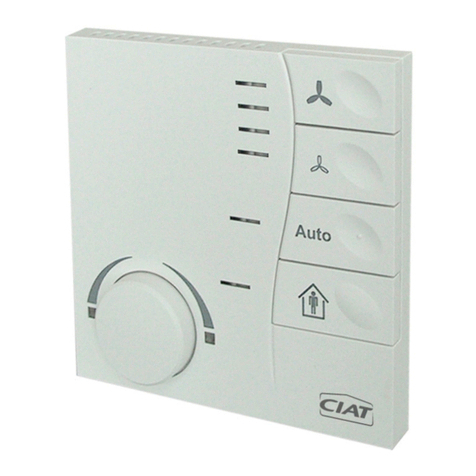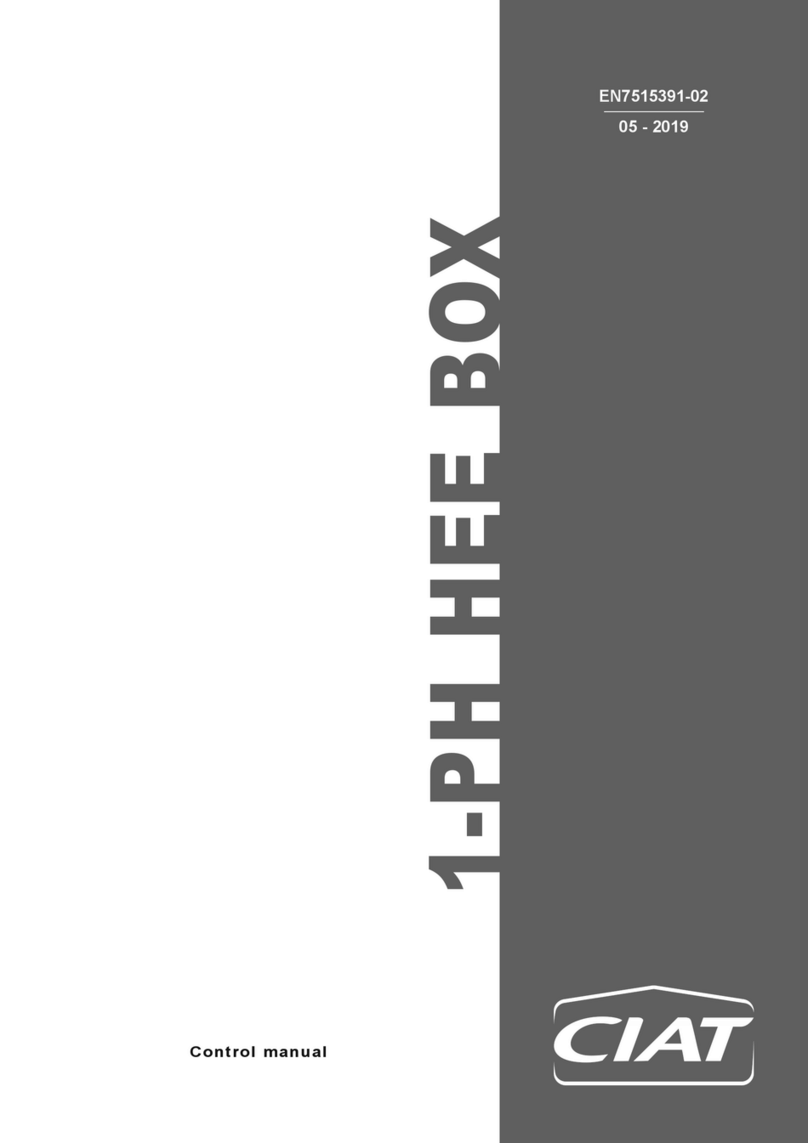
NA 12.54 D EN - 2
1 - SAFETY/HANDLING GUIDELINES
1.1 General information
Installation, start-up and maintenance operations for this equipment may be dangerous if certain factors particular to this
installation, such as the presence of electrical and live components and the installation location, are not taken into account.
Only trained, qualified installers and technicians, who have undergone specific training on the product in question, are authorised
to install and start up this equipment.
During any servicing operations, all the recommendations and instructions given in the maintenance brochures, on the labels or in
the instructions accompanying the equipment must be observed, along with any other applicable safety instructions.
- Observe all the regulations in the safety codes.
- Wear safety goggles and work gloves
- Handle heavy or bulky equipment with care when lifting, moving and setting down
1.2 Protection against electrocution
Only personnel qualified in accordance with the IEC (International Electrotechnical Commission) recommendations must be
allowed to access the electrical components. It is particularly recommended that all the electrical supplies to the unit are switched
off before any work is carried out. Cut the main power supply using the disconnect switch or circuit breaker.
Important: the V300 control system includes electronic components. These may cause or be subject to electromagnetic
disturbance if they are not installed and used in accordance with these instructions
Important: this equipment has been found to comply with the essential requirements of the directives in reference to the
following standards:
- Electromagnetic compatibility: 2014/30/EU
- Low voltage directives: 2014/35/EU
- Directive concerning the restriction of the use of hazardous substances in electrical and electronic equipment
(RoHS): 2011/65/EU
1.3 Use
This appliance is not designed to be used by persons (including children) with limited physical, sensory or mental
capabilities, or by persons with insufficient experience or knowledge, unless they are being supervised by a person
responsible for their safety or have received instructions on the use of the appliance from such a person.
Children must be supervised to ensure that they do not play on or with the appliance. Children must not be allowed to
carry out cleaning or maintenance work whilst unattended.
1.4 Warnings and danger:
Follow the precautions and instructions below to ensure your safety and that of your environment, and to prevent
damage to your equipment.
Warning : the equipment must be connected to an electrical system that conforms to
the standards in force in the country (NFC 15-100 in France). It must be equipped with
protection against overcurrent, overvoltage and earth faults.
Warning : for your own safety, it is essential to switch off and disconnect the equipment from
the mains before carrying out any work on it.
Warning : the safety of this product is only guaranteed if it is used as intended. Maintenance
may only be carried out by qualified personnel.
The PRODUCT must only be used indoors, at an altitude below 2000 metres.






